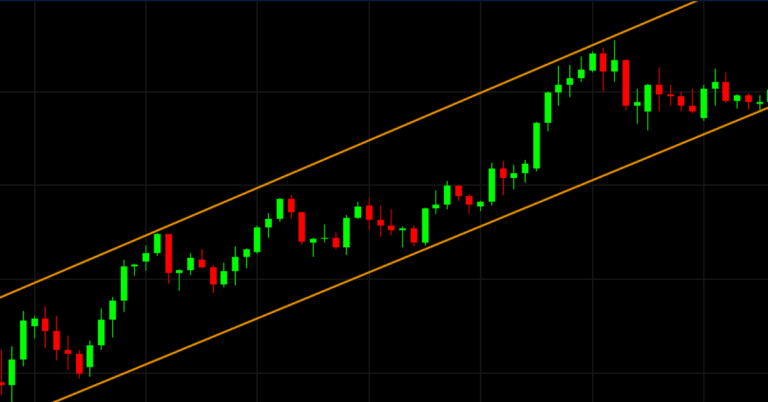“Risk vs. Return” is a fundamental concept in stock investing that represents the trade-off between the potential return or profit you can earn from an investment and the level of risk or uncertainty associated with that investment. This relationship is central to making investment decisions and is often summarized as follows:
- Risk:
- Risk refers to the possibility of losing some or all of the invested capital. It encompasses various factors that can adversely affect the performance of an investment.
- Types of risk in stock investing include market risk (systematic risk), company-specific risk (unsystematic risk), interest rate risk, inflation risk, and currency risk, among others.
- Higher-risk investments are typically associated with greater volatility, uncertainty, and the potential for significant losses.
- Return:
- Return represents the profit or gain earned from an investment over a specified period. It can come in the form of capital appreciation (increase in the value of the investment) or income (dividends, interest, or rental income).
- Returns on stocks can vary widely and may include both capital gains (price appreciation) and income (dividends).
- Historically, stocks have offered the potential for higher returns compared to many other asset classes over the long term.
The relationship between risk and return in stock investing can be summarized as follows:
- Higher Risk, Higher Potential Return: Generally, investments with higher levels of risk have the potential for higher returns. Stocks, for example, are considered riskier than bonds or cash equivalents, but they have historically provided the potential for greater long-term returns.
- Lower Risk, Lower Potential Return: Conversely, lower-risk investments are associated with lower potential returns. Bonds and cash equivalents are often considered less risky than stocks but typically offer lower returns.
- Diversification: Diversifying a portfolio by investing in a mix of asset classes, industries, and geographic regions can help manage risk. By spreading investments across different assets, you can reduce the impact of poor performance in any single investment.
- Individual Risk Tolerance: An investor’s risk tolerance, which reflects their willingness and ability to take on risk, plays a crucial role in determining the appropriate balance between risk and return in their portfolio. Investors with a higher risk tolerance may allocate more to stocks, seeking higher returns, while those with a lower risk tolerance may opt for a more conservative allocation.
- Time Horizon: An investor’s time horizon, or the length of time they plan to hold their investments, also influences their risk-return trade-off. Longer time horizons can often tolerate more risk, allowing for a greater emphasis on stocks and their potential for higher long-term returns.
Investor Risk Profiles
Risk profiles, also known as risk tolerance profiles or investor risk profiles, are used to categorize investors based on their willingness and ability to take on risk in their investment portfolios. These profiles help financial advisors and investors determine the most suitable asset allocation and investment strategies. There are several common types of risk profiles:
- Conservative:
- Conservative investors prioritize the preservation of capital and are risk-averse.
- They are willing to accept lower potential returns in exchange for a higher degree of safety.
- A typical portfolio for a conservative investor may include a significant allocation to bonds, cash equivalents, and stable dividend-paying stocks.
- Moderate or Balanced:
- Moderate investors are willing to take on some level of risk but seek a balanced approach between capital preservation and potential growth.
- They typically have a medium-term investment horizon.
- A balanced portfolio might include a mix of stocks, bonds, and possibly alternative investments to provide a moderate level of risk and return.
- Aggressive or Growth-Oriented:
- Aggressive investors are willing to accept a higher level of risk in pursuit of potentially higher returns.
- They often have a longer investment horizon and are comfortable with the volatility of the stock market.
- An aggressive portfolio might consist mainly of stocks, including growth stocks and higher-risk assets.
It’s important to note that there is no one-size-fits-all approach to the risk-return trade-off. Investors should carefully consider their financial goals, risk tolerance, and time horizon when making investment decisions. Additionally, diversification, periodic portfolio reviews, and a long-term perspective can help manage the inherent risks associated with stock investing while pursuing potential returns that align with an individual’s objectives.






